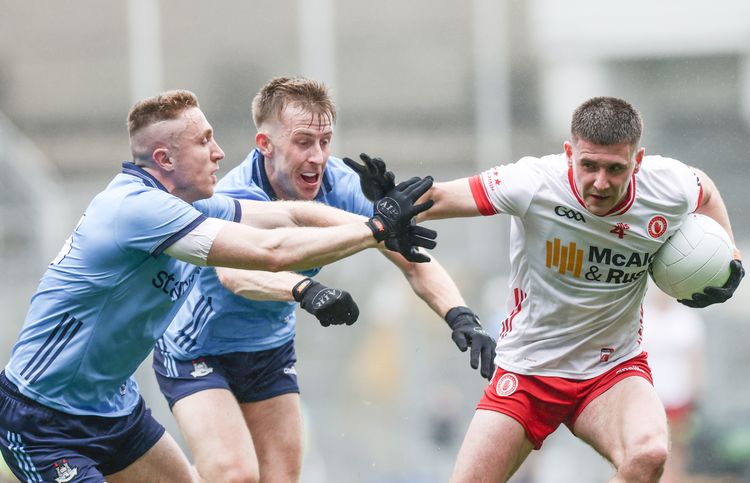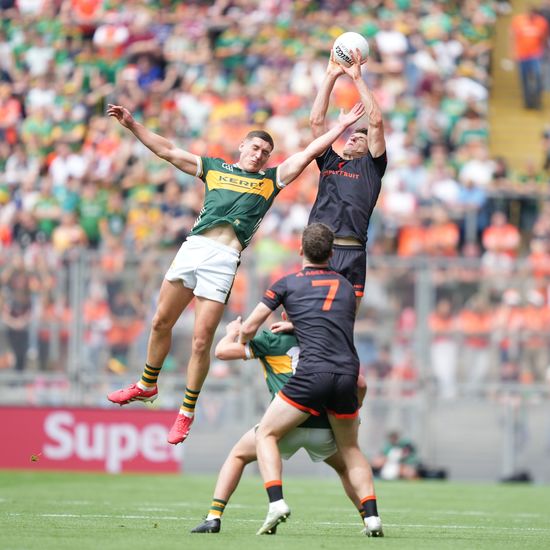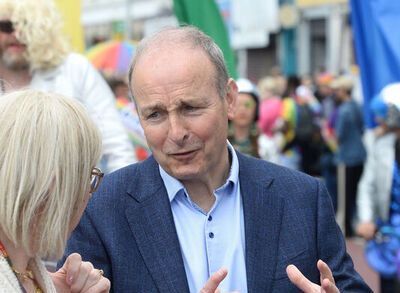Peggy Olson (Elizabeth Moss) and Pete Campbell (Vincent Kartheiser) in a scene set in P.J. Clarke's during the first season of “Mad Men.” PHOTO: CARIN BAER/AMC
By Peter McDermott
It’s 3 p.m., and staff members of Sterling Cooper have gathered at P.J. Clarke’s on Third Avenue, at the corner of 55th, for a celebration.
Peggy Olson, a secretary at the advertising firm, tried her hand at copywriting and the client liked her work. And so, the young account executives, copywriters and secretaries bailed out of the office early. They drink and dance to songs on the jukebox, notably “The Twist.” It’s a new generation and a new era, as well as a new career for Peggy. It’s 1960.
That episode was No. 8 in the first season of “Mad Men” – one of the finest shows in this new golden era of television. It’s now in its seventh, final season on AMC and we’re up to 1969.
One of the many strengths of “Mad Men” is the complexity of its characters. It successfully creates an ambiance and a style, too. In striving for authenticity, though, the producers play it safe. Nothing comes out of left field. There are few surprises for anyone with a good knowledge of the social, cultural and political history of the Sixties.
Hence P.J. Clarke’s, which we are told is a regular hangout for the people at Sterling Cooper. From the early 1940s, it was known as a regular bar that sometimes attracted celebrities. In 1945, it was the model for Nat’s, the bar in “The Lost Weekend,” the movie about an alcoholic’s five-day binge. Ray Milland’s character, Don Birnam, explained to Nat how drink altered his mood for the better. “And out there, it's not Third Avenue any longer. It's the Nile.”
Richard Harris said in 1960 that his routine upon arriving in America was to go directly from Idlewild to P.J. Clarke’s and ask for the “usual” – which was six double vodkas. (As it happens, his son Jared Harris features prominently in Seasons 3-5 of “Mad Men” as the character Lane Pryce.) The late Limerick actor is just one of numerous celebrities mentioned on www.pjclarkes.com as having had some association with the famous bar over the decades.
Jackie Kennedy is known to have frequented the establishment with Caroline and John Jr. for lunch on Saturdays. The website recalls Ted Kennedy went there for a burger after conceding the race to President Carter in the 1980 Democratic primaries. But it does not mention that his brother, a U.S. senator for New York in the “Mad Men” era, had been a regular. We know from someone in his camp that the highest affairs of state were discussed in the famed bar.
“One evening towards the end of 1966, sitting with Bobby at our favorite, semi-private table at P.J. Clarke's, I ventured: 'I don't think it's impossible that you may have a real party revolt against Johnson in 1968. Especially if the Republicans have a strong candidate.'”
Advisor Richard N. Goodwin, the husband of historian Doris Kearns Goodwin, added in his memoir, “Remembering America,” that Bobby Kennedy would sometimes avoid giving a straight answer by asking: “How’s your burger?”
In an episode set not long after the president’s assassination, Roger Sterling (played by Boston Irishman John Slattery) and Don Draper (Jon Hamm) are sitting, not for the first time, at the bar of an Irish watering hole that may or may not be P.J.’s. Roger notes that JFK’s portrait is still displayed behind the bar and wonders if they’ll get around to replacing it with Johnson’s. Don exhales smoke and says, “Not in this place!”
JFK’s portrait is still behind the bar at P.J. Clarke’s alongside that of Abraham Lincoln. Further down the bar close to the door there’s a 1922 picture of a smiling Michael Collins, in his Free State uniform minus the cap.
Most of the bar’s many framed photos are on the walls of the dining area off of the main bar. P.J. “Paddy” Clarke’s own death certificate from 1948 is there, too. He had worked in the bar since arriving from Ireland in 1902. When the boss, Mr. Duneen, an Englishman, decided he would go back to his homeland in 1912 to find a “proper wife,” he handed over the ownership to Clarke. Before him, in the 1880s and ‘90s, one Mr. Jennings was in charge of a bar frequented mainly by the neighborhood’s Irish laborers.
P.J.’s has sprouted a half dozen other branches, two of them in São Paulo in Brazil, but the joint at 915 Third is still the place to go to. The emphasis, though, is less on continuity for the sake of it than on having a good time.
On a recent Friday afternoon at 3 p.m., there was no sign of Peggy Olson in P.J. Clarke’s, but the mood was lively enough and it is always pleasant, anyone will tell you. For one thing, it has its jukebox rather than a modern sound system.
I didn’t check to see if “The Twist” is listed, but I’m guessing it is.
[Originally published in the April 30-May 6, 2014, print edition of the Irish Echo.]









